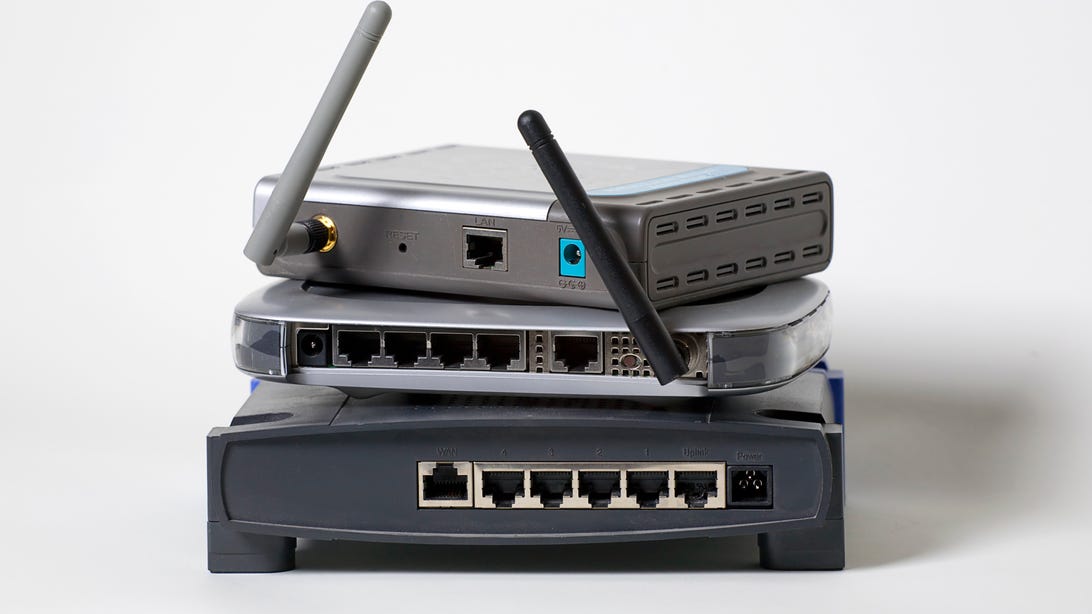Watch this related video:
Wi-Fi technology has become an integral part of our daily lives, connecting us to the world around us. But with the increasing number of Wi-Fi enabled devices, the simple act of connecting to the internet has become more complex. One of the key decisions when setting up a Wi-Fi network is choosing between the 2.4GHz and 5GHz bands. While both offer wireless connectivity, there are significant differences between the two that can affect your home network’s performance. In this guide, we’ll delve into the world of Wi-Fi bands and help you determine which one is best for your home.
The Battle of the Bands: 2.4GHz vs. 5GHz
The 2.4GHz band has been around since the early days of Wi-Fi, and it continues to be the most widely used band in homes and offices. This is because it offers a longer range compared to 5GHz, making it suitable for larger spaces and areas with obstacles. However, its popularity has also led to a crowded spectrum, resulting in slower speeds and increased interference. On the other hand, the 5GHz band provides faster speeds and less interference due to its wider channel width. However, it has a shorter range and is more susceptible to interference from physical barriers.
The Need for Speed: Factors That Affect Wi-Fi Performance
When it comes to Wi-Fi, speed is a critical factor, and it’s influenced by several factors. One of the main factors is the number of devices connected to your network. The more devices connected, the more bandwidth is being used, resulting in slower speeds. This is where the 5GHz band shines, as it has a higher capacity and can support more devices without compromising speed. Another factor that affects speed is the distance between your device and the router. The 5GHz band’s shorter range may result in weaker signals in some areas of your home, while the 2.4GHz band’s longer range may provide a better connection.
The Battle Continues: Security and Interference
While both bands offer security through Wi-Fi Protected Access (WPA/WPA2), the 2.4GHz band is more susceptible to interference due to its crowded spectrum. This can lead to slower speeds and dropped connections. The 5GHz band, on the other hand, has a wider channel width, creating more room for data to transfer without interference. This results in a more stable and secure connection.
The Final Verdict: Which Wi-Fi Band Is Best for Your Home?
The choice between 2.4GHz and 5GHz ultimately depends on your home’s specific needs. If you have a larger space with multiple devices and obstacles, the 2.4GHz band may be the better option. However, if speed and stability are your top priorities, the 5GHz band may be the way to go. The best solution may be a combination of both, with the 2.4GHz band used for everyday tasks and the 5GHz band for high-bandwidth activities like streaming and gaming.
Planning Your Wi-Fi Network: Tips and Recommendations
To optimize your Wi-Fi network’s performance, here are some tips and recommendations:
– Place your router in a central location to ensure equal coverage throughout your home.
– Avoid placing your router near other electronic devices that can cause interference, such as microwaves and cordless phones.
– Keep your router’s firmware updated to ensure the latest security and performance updates.
– Consider investing in a dual-band router that can support both 2.4GHz and 5GHz bands for the best of both worlds.
– Use a Wi-Fi analyzer app to identify any interference or signal issues and adjust your network accordingly.
The Future of Wi-Fi Bands: What’s Next?
As the number of Wi-Fi enabled devices continues to grow, the demand for faster and more reliable connections will also increase. This has led to the introduction of the 6GHz band, which will provide even higher speeds and less interference than the 5GHz band. With Wi-Fi 6E technology, devices will be able to connect to this new band, resulting in a more efficient and seamless Wi-Fi experience. Keep an eye out for Wi-Fi 6E routers and devices in the near future.
In Conclusion
Choosing between the 2.4GHz and 5GHz bands for your home Wi-Fi network is not a one-size-fits-all decision. It depends on your specific needs and priorities. We hope this guide has provided you with the necessary information to make an informed decision. Remember, for a reliable and speedy connection, a combination of both bands may be the best solution. Now that you have all the knowledge, it’s time to optimize your home network and enjoy a seamless Wi-Fi experience. Happy surfing!

